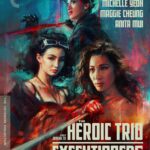Alex’s Top Ten Films of 2023
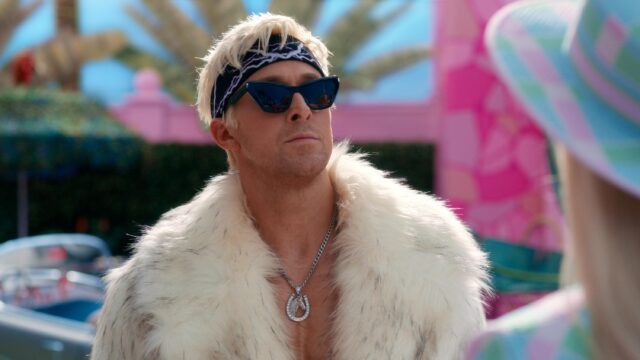
Honorable Mentions: Infinity Pool, War Pony, Anatomy of a Fall, Robot Dreams, American Fiction, Under the Light, Strange Way of Life, Beau is Afraid, A Better Tomorrow, Asteroid City, Bloodhound.
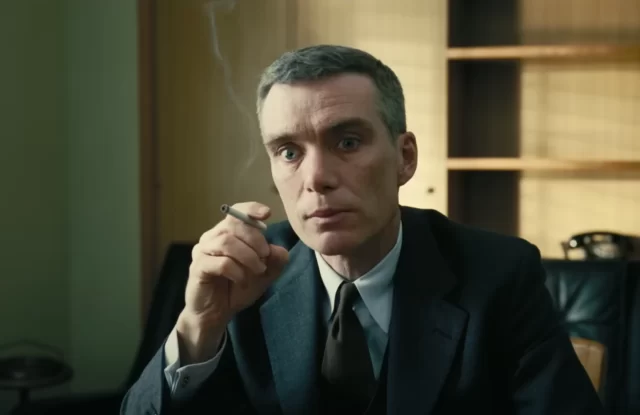
9-10. Oppenheimer / Barbie tie
Yes, I know, it’s a cheat, but hear me out. With so many franchises, extended universes, sequels, prequels, and de-quels, the very notion that Greta Gerwig and Christopher Nolan would unite audiences from all walks of life, ages, and genders for two completely incompatible films: the Barbie movie and Oppenheimer. These two titles eschewed the inherent liability of living in the shadow of the usual glut of summer movie crap, transcending the pitfalls of being a crappy meme, transforming in an uncanny fusion that in itself is something of a story worth telling. At the very least, the pairing of Barbie and Oppenheimer is a story in itself, a cultural novelty worth telling. That’s more than I can say for Flamin’ Hot…
For the first time in a long time, the demand for original, artful cinematic filmmaking prevailed; casual moviegoers, cineastes, and hardliners of the moving image made the exodus experience a phenomenon that was the event of 2023. I’m using this opportunity to articulate the feeling of victory coursing through our cultural climate. I’m not saying that Barbie and Oppenheimer are going to solve the virulent, traumatizing stress we’ve endured the past four years, but the fact that two unlikely movies invigorated and inspired masses of people rather than dividing them is a change for the positive. Feminism, mansplaining, 70mm black and white cinematography, Stallone’s fur coat phase, Robert Downey Jr. playing a normal person, atomic genocide, the bubblegum artifice of MGM Musicals & Jacques Demy, nuclear physics, and quantum theory were a dominant presence in our theaters. I think that’s a mite bit more interesting than most years.
Is either movie perfect? No, but I don’t believe in perfect movies; a perfect movie is a product, and we’ve had enough of those.
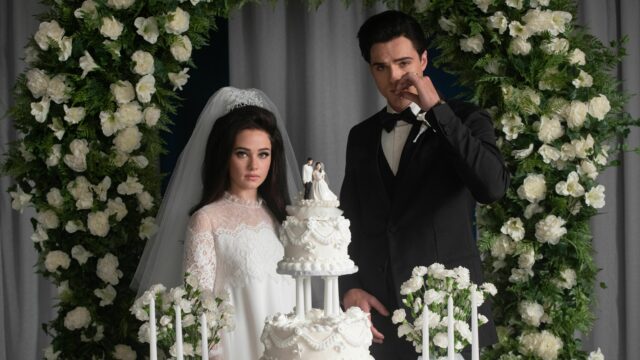
8. Priscilla
Sofia Coppola was one of the earliest directors to hone in on the value of liminality in modern cinema, the notion that film can be constructed around the moments between the big touchstones of life. In a positive sense, this is the antithesis to Luhrman’s Elvis film from last year. Priscilla is about Priscilla. It’s as simple as that, but of course, the narrative, their relationship, how it was cultivated, and how it was maintained is anything but. The minutiae of life is the standard of quality that Coppola attains, and her latest is one of the best examples of her distinctive direction capturing the climate of a moment, realizing the weight of time or the measure of a person, and all of that is magnified by her emphasis on unique touchstones wholly reliant on character rather than structure.
There was a three-way tie between Kelly Reichardt’s Showing Up, Riley Keogh’s War Pony, and Justine Triet’s Anatomy of a Fall; I tried to wager the pros and cons, Anatomy of a Fall is stunning but a little obvious. War Pony is an honest and engaging movie with an ending that felt a little overeager. Showing Up, though, makes sense to me; Kelly Reichardt’s one of the most consistent and rewarding American directors working today. There’s feeling in those scenes, the slightly burned porcelains coming from a kiln, the blasé “blah-ness” of the arts community, the everlasting aggravation of a crappy landlord, one you can be so thoroughly mad at, and if you articulate any justified frustration, you get that “not cool man” response also, you’re kind of friends. Reichhardt took on the impossible task of being a celebrated indie director and made a film with a movie star about artists and shirked every cliche and trope because her convictions as a filmmaker are incontestable.
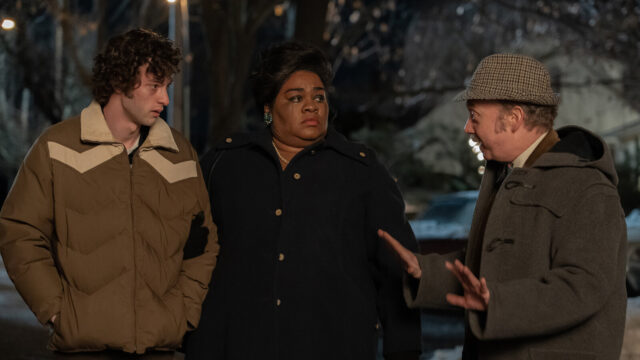
7. The Holdovers
Alexander Payne knows how to sustain the tonal appeal of his characters (he’s also unafraid to push them off the deep end), and The Holdovers is a thoroughly enjoyable resurgence of his carefully observed and deftly handled comedy and drama. There’s room to move around, space to watch people grow, withdraw, fall apart, and regroup; and most importantly, he reminds us of the simple fact that we’re always learning, especially when it’s time to hold ourselves accountable for the shit we pull on ourselves and those around us. We’ve all seen the (what Leonard Maltin’s refers to as) “unhappy child/crusty adult genre” movie; and this isn’t a novel treatment, but it’s done with the discipline and tact bolstered by a handful of dynamic and talented players who are all equally accountable for the work they’ve given us.
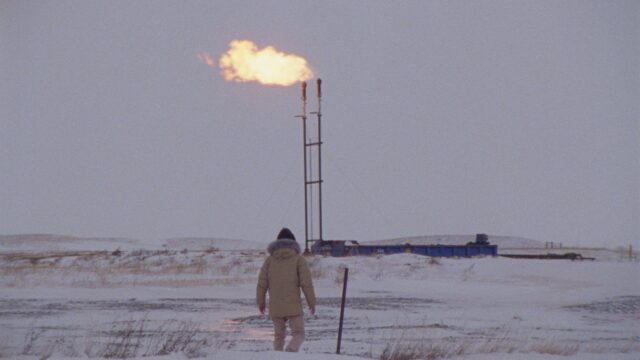
6. How to Blow Up a Pipeline
Among all the things going on with Daniel Goldhaber’s dynamic and suspenseful political thriller, I couldn’t get over how the pasty and sagebrush cinematography gave the film this archival patina that emphasizes the urgency and import of its polyvalent architecture. Once I figured out that it was shot on 16mm, I realized that How to Blow up a Pipeline is one of many revolutionary movements. The obvious political ones, the activist/eco-political oratory aside, Tehilla De Castro’s subtle, insistent photography is part of this ‘recent’ 16mm renaissance. Martin Eden, Red Rocket, Legua, Godland, Enys Men, (to name a few of many) are shot on the run-and-gun format indicating a pushback on the reliance on digital cinematography. All the photo jargon aside, How to Blow Up a Pipeline is one of the most riveting and exciting movies in recent years, and it’s unlikely its power will wane.
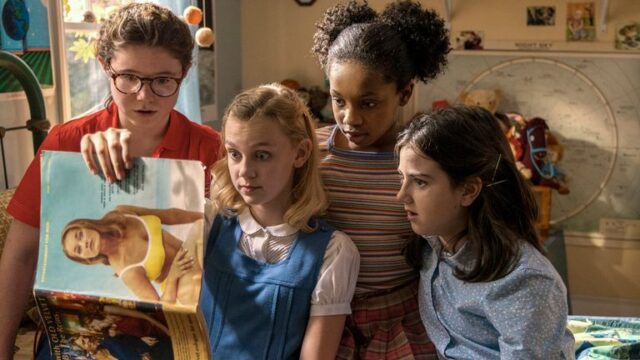
5. Are You There God? It’s Me Margaret.
Are You There God, It’s Me Margaret? is quite possibly the most sincere and honest film of the year, maybe the past few years, the decade perhaps, and while it’s the subject of critical praise, Kelly Fremon Craig’s adaptation of Judy Blume’s endeared and revered novel of the same name feels like it somehow missed the generation of people raised on the book and ended up in the embrace of waxing gen-xers and millennials, maybe they were all watching Maestro instead?
Director Craig and her deep bench of talent make room for each other to build something truly special; Rachel McAdams is tasked with the unfortunate burden of playing a character whose arch differs from the novel and pulls it off with aplomb, making it one of the film’s many highlights. Benny Safdie (don’t we all love how much this guy works?) perfectly embodies adorable seventies (sixties?) nerd dad vibes, Kathy Bates is effortlessly glorious, the cast of youngsters is illuminating but Abby Ryder Fortson has the energy and charisma to carry the picture which she does from opening to closing credits.
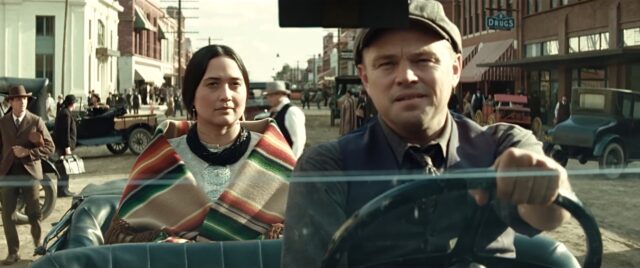
4. Killers of the Flower Moon
Martin Scorsese knows where to put his energy, and he knows how to spend his money; what comes out is the uncontrolled and unpredictable title in question, and for the most part, we’re almost always all the better for it. In 2019, it was The Irishman, and in 2023 we got Killers of the Flower Moon (let’s not forget Pretend it’s a City & Personality Crisis: One Night Only), and after the near-four hour runtime, when the lights went up, and I made the mad dash to the restroom I was delighted, shocked, and a little tired and with a few months, one re-watch removed, I still say Martin Scorsese is as vital as ever. America’s history of violence and deception has never felt so visceral, brutal, and honest, and somehow, Scorsese navigates this fraught narrative with respect. As an indigenous person of the Wampanoag nation, representation has always been a sensitive topic. That was my liability entering the film, but the resonant symptoms of colony and postcolony simultaneously reflect mainline themes of Scorsese’s movies: the enterprising colonial American mindset, male chauvinism, greed, and the inherent privilege of whiteness. An intimate cinematic epic with echoes of revisionist westerns, Killers Of the Flower Moon is a touchstone in the long career of a maverick filmmaker. Which streaming service/studio network will Martin Scorsese cuckold next? An MGM Release of a MUBI Original?

3. Monster
Hirokazu Kore-eda’s abiding interest in the beautiful and painful arena of dreamy bildungsroman has taken many directions but always aligns with salient sincerity and potent dramatic expression. Monster is a little different; time, intention, perspective, and motive obscure and complicate the narrative, and the resonant effect is a powerful embellishing agent in his already recognizable humanism. The pains of maturation and the vexing nature of the outside world is coded in the rearrangement of narrative by way of character development and realization. It’s messy and confusing but revelatory in the same way that life is unorganized and complicated. Monster is, connotatively, a challenging escalation in Kore-eda’s body of work; while never shy to confront and explore demanding territories, his recent titles (Broker, black market adoption, Shoplifters, kidnapping, petty crime, poverty) flex the binaries of morality clauses that audiences today are far too reliant.
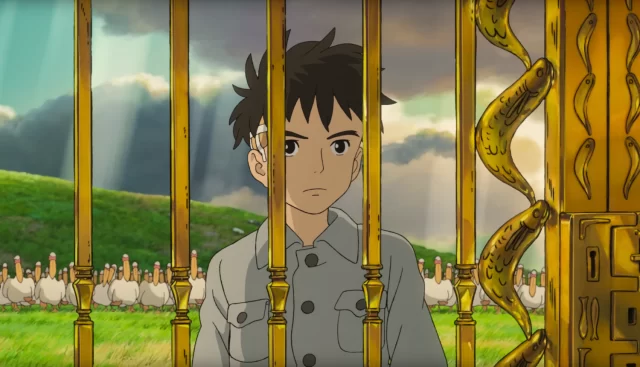
2. The Boy and the Heron
Apparently imagination and coming of age are the big themes of 2023 and The Boy and the Heron is the apex of this aesthetic collision. The most winning summit of Hayao Miyazaki’s latest achievement is the uncanny representation of the fantastic and the mundane; a tin of canned meat takes on the likely iconography of an anthropomorphic bird, and in making this dynamic attenuation, the film captures every conceivable ounce of Miyazaki’s artistic bravura. Whether Mahito is dealing with the shades of war, grieving his mother’s death, or contending with the illustrious and excitable otherworld, every scene rings with plural sincerity. Maturity surges with fantastical grandeur, and it’s one of the most vigorous and visually engaging films in recent memory.
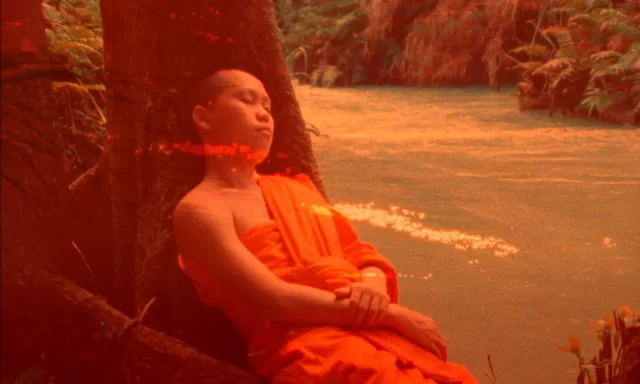
1. Samsara
I’m not a spiritual or religious person, but there’s something spiritual about this movie, experiential. Like Apichatpong Weerasathkul coupled with the documentary work of Tsai Ming-Liang, this slathering layer of sunny emulsion and semiotic mind fuzz projected enough hypnotic energy to make you wonder how director Lois Patiño can capture luminous transcendentalism, spiritual transference or whatever you want to call it, with such deft vibrancy. I guess you could simply say it’s his art, but something feels different at the end of it.























